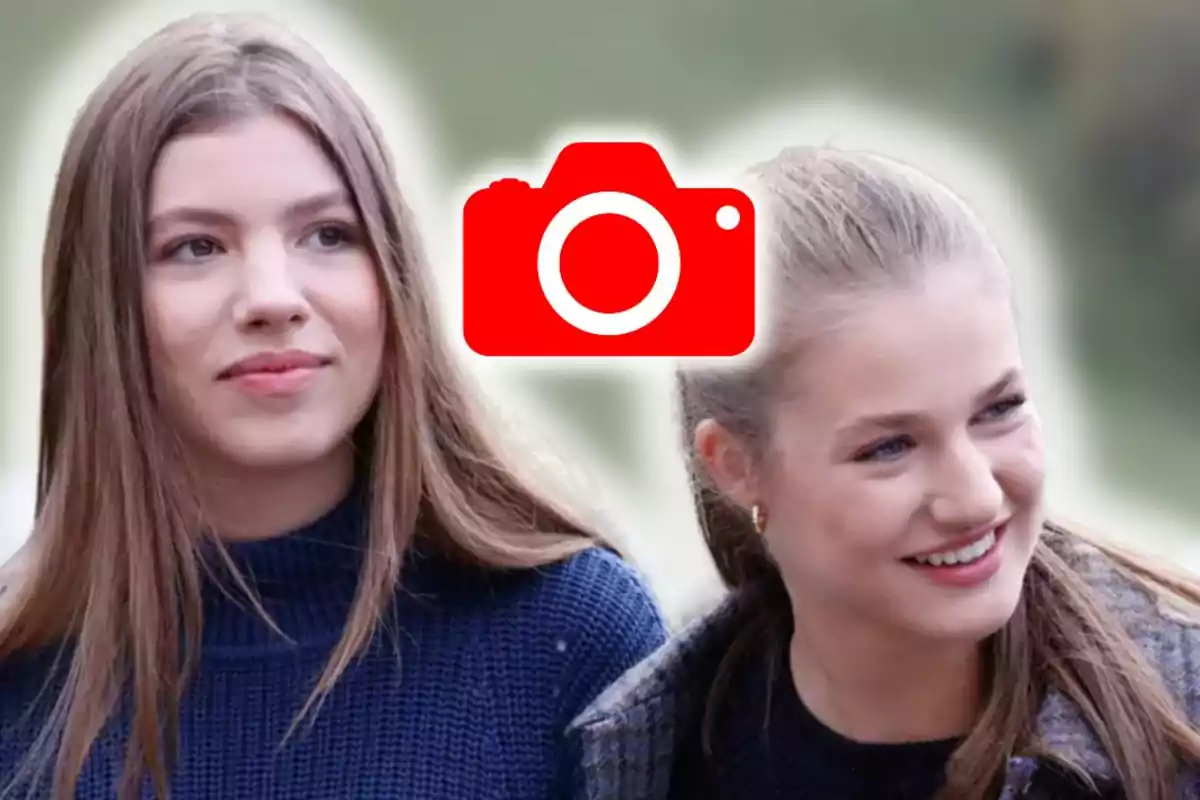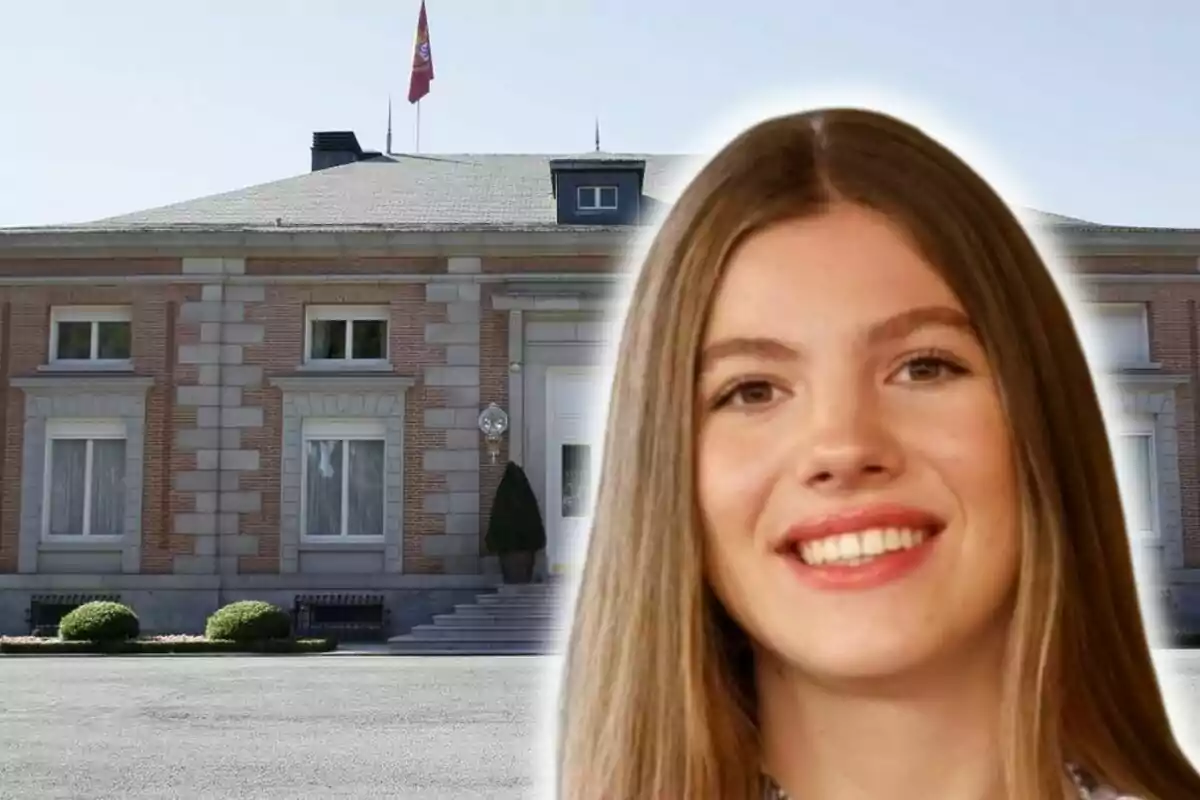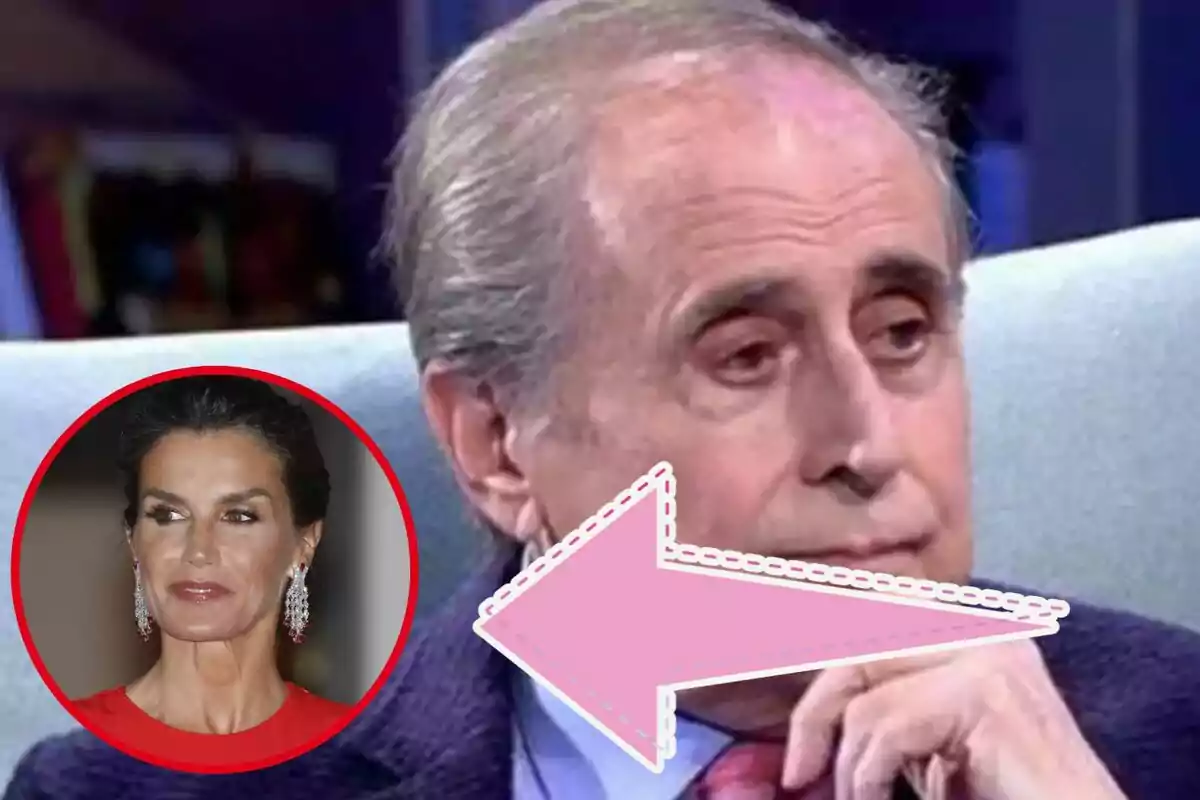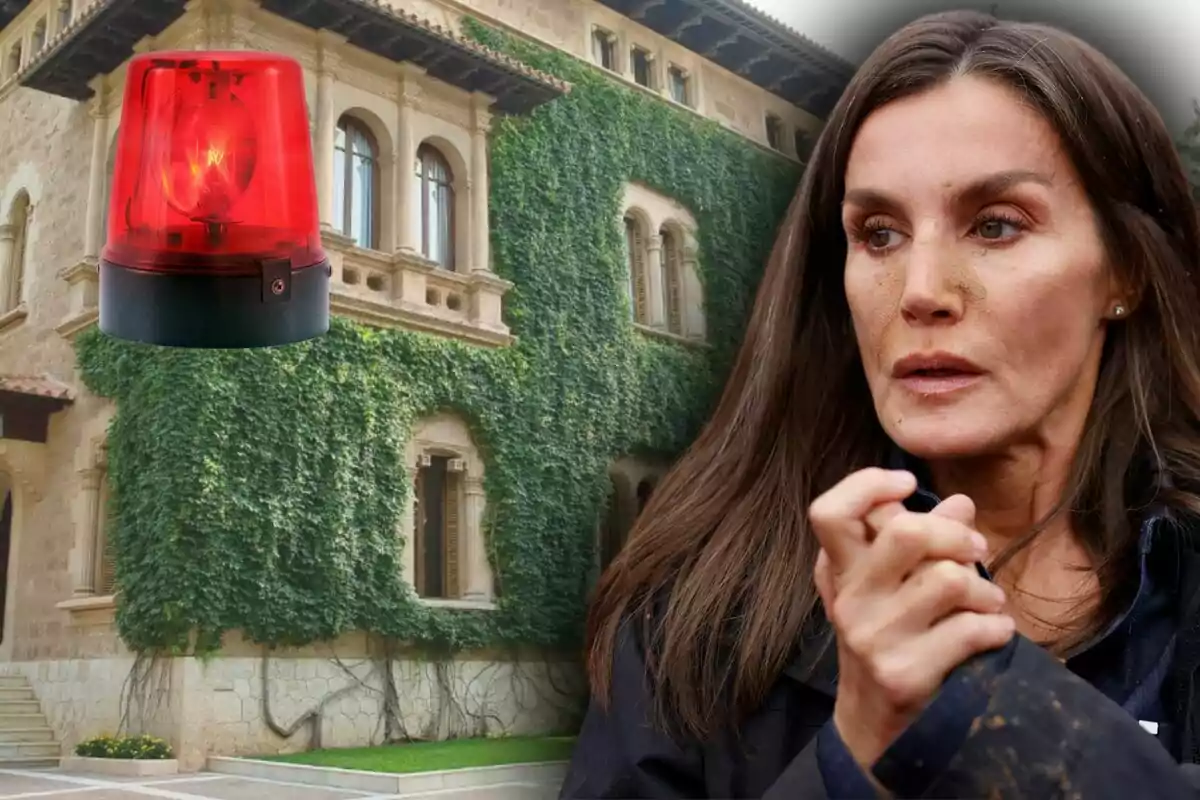In the monarchy, every gesture is a message. Every word, every outfit, and, as has been recently shown, even the name of a pet, can become a matter of state or, at the very least, the talk of an entire country.
The relationship between the Royal Family and Catalonia has always been a delicate matter, full of attempts at rapprochement that have often proved insufficient or, even worse, clumsy. On this complex chessboard, a new four-legged protagonist has entered the scene, and its name has reopened old wounds and controversial debates about private life in the Palacio de la Zarzuela, once again putting the spotlight on Queen Letizia and her controversial history with the family's animals.
Jan, an unexpected Catalan nod in the palace
The first time the public met Jan was during a moment filled with family emotion: Infanta Sofía's farewell before leaving for UWC Atlantic College in Wales. In the images distributed by the Royal Family itself, the infanta could be seen crouching down, affectionately saying goodbye to a beautiful black Labrador.

¡Hola! magazine, with its usual access to palace sources, described the scene as a "touching" farewell, but it was the dog's name that set off all the alarms: Jan.
It's not just any name. Jan is the Catalan abbreviation for Joan, a detail that did not go unnoticed by anyone. It is, at the very least, ironic that in a family whose direct heirs and nephews —including Infanta Cristina's four children, born and raised in Barcelona— do not have any Catalan names, it is precisely the dog who receives such an honor.
This gesture has been interpreted in two opposite ways: as a small but calculated nod to build bridges with Catalonia or, as the most critical voices suggest, as a sign of "bad blood" on Zarzuela's part, relegating a Catalan name to a pet and not to a person in the line of succession.

The shadow of Sara and Puskin's sad end
The question hanging in the air is whether Jan will fare better than his predecessors. The appearance of this new dog has brought back memories of Sara, another Labrador that Felipe VI and Doña Letizia gave to Princess Leonor for her First Communion in 2015.
According to various media reports, the joy over Sara's arrival was short-lived at the Prince's Pavilion. It is said that Queen Letizia, who is known for her notable aversion to animals inside the house, ordered that the dog not live in the family residence. Since then, Sara would spend her days at the Civil Guard facilities within the Zarzuela complex, far from the family core.
But the record doesn't end there. Journalists specializing in the Royal Family, such as Jaime Peñafiel, have recounted an even more heartbreaking story: that of Puskin, the schnauzer who was the inseparable companion of then-Prince Felipe. According to Peñafiel, the dog slept in the heir's room until Letizia Ortiz entered his life.

The new Princess of Asturias would not have tolerated the animal's presence in her quarters, so Puskin was banished to live outside. It was even said that he had been abandoned in the mountains.
Official statements and a calculated silence
In the face of these controversies, the Royal Family keeps, as usual, an absolute silence. The strategy seems to be to present an idyllic and family-oriented image, such as that of Sofía saying goodbye to Jan, without denying or confirming the information that paints a much less kind portrait of the Queen.
While King Felipe and his sisters grew up surrounded by dogs like Pinqui, Balú, or Arky, showing a tradition of love for animals in the Borbón family, the atmosphere in the home of the current monarchs seems to be very different.

